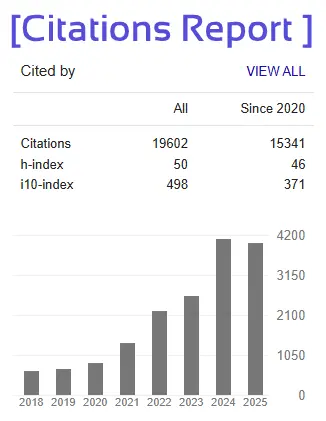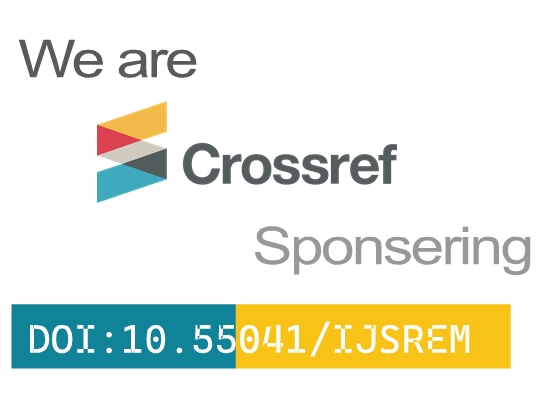- Version
- Download 368
- File Size 324.66 KB
- File Count 1
- Create Date 11/06/2024
- Last Updated 11/06/2024
Real Time-Cutting Algorithmic Trading
1.) ZAID SAYYED, 2.) FAIZAN KHAN, 3.) VICKY SINGH, 4.) Dr. Nitin Dawande.
Btech IT,
D.Y. Patil University, Ambi, Pune
Introduction:
a. Brief overview of algorithmic trading.
Algorithmic trading, also known as algo trading or automated trading, refers to the use of computer algorithms and mathematical models to execute trading orders in financial markets. The primary goal of algorithmic trading is to achieve efficient and optimized execution of trading strategies, leveraging the speed and precision of computer systems.
Here is a brief overview of algorithmic trading:
1. **Automation:** Algorithmic trading involves automating the process of buying or selling financial instruments, such as stocks, bonds, currencies, or commodities. The trading decisions are based on predefined rules and algorithms, eliminating the need for manual intervention.
2. **Speed:** One of the key advantages of algorithmic trading is its ability to execute trades at extremely high speeds. Algorithms can analyze market conditions, make decisions, and execute trades in a fraction of a second, responding to market changes much faster than human traders.
3. **Quantitative Analysis:** Algorithmic trading relies heavily on quantitative analysis and statistical models. Traders develop algorithms that are based on mathematical formulas, historical price data, technical indicators, and other relevant factors to identify trading opportunities.
4. **Market Making:** Some algorithmic trading strategies are designed for market making, where traders provide liquidity to the market by quoting bid and ask prices. Market-making algorithms aim to profit from the spread between the buying and selling prices.
5. **Arbitrage:** Algorithmic trading is often employed for arbitrage strategies, which involve exploiting price discrepancies between different markets or instruments. These discrepancies may arise due to inefficiencies, delays in information dissemination, or other market imperfections.
6. **Risk Management:** Algo trading systems typically incorporate risk management measures to control exposure and mitigate potential losses. These measures may include setting stop-loss orders, position sizing algorithms, and other risk controls.
7. **Backtesting:** Before deploying algorithms in live markets, traders often perform extensive backtesting. This involves running historical market data through the algorithm to simulate how it would have performed in the past. This helps refine and optimize the algorithm for real-world conditions.
8. **Machine Learning:** Some advanced algorithmic trading strategies incorporate machine learning techniques to adapt and learn from changing market conditions. Machine learning algorithms can analyze vast amounts of data to identify patterns and make predictions.
9. **Regulatory Considerations:** Algorithmic trading is subject to various regulations to ensure fair and orderly markets. Regulatory bodies may impose rules regarding algorithmic trading practices, transparency, and risk management to prevent market manipulation and protect investors.
Algorithmic trading has become increasingly prevalent in financial markets, with institutional investors, hedge funds, and proprietary trading firms utilizing sophisticated algorithms to execute trades efficiently and capitalize on market opportunities.







